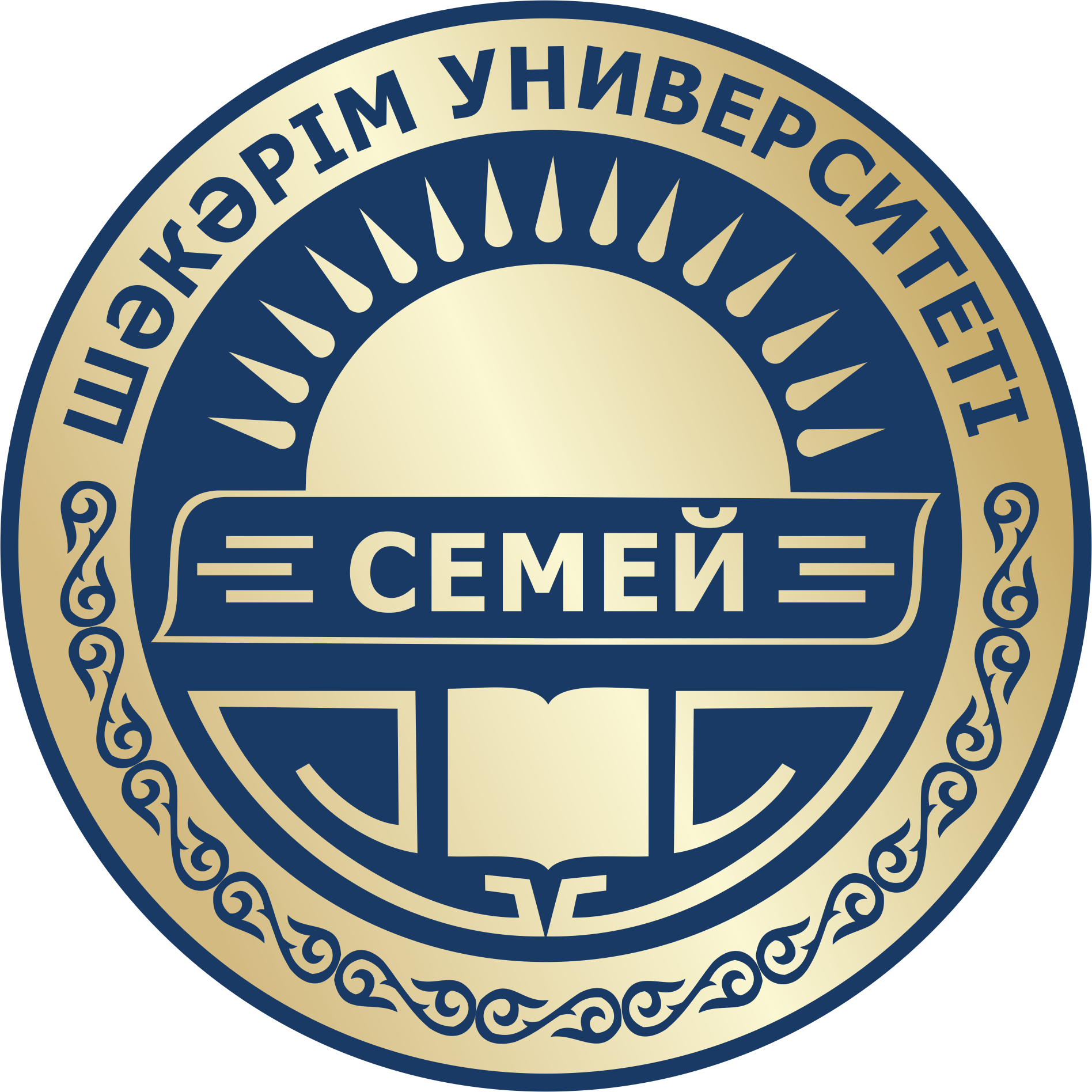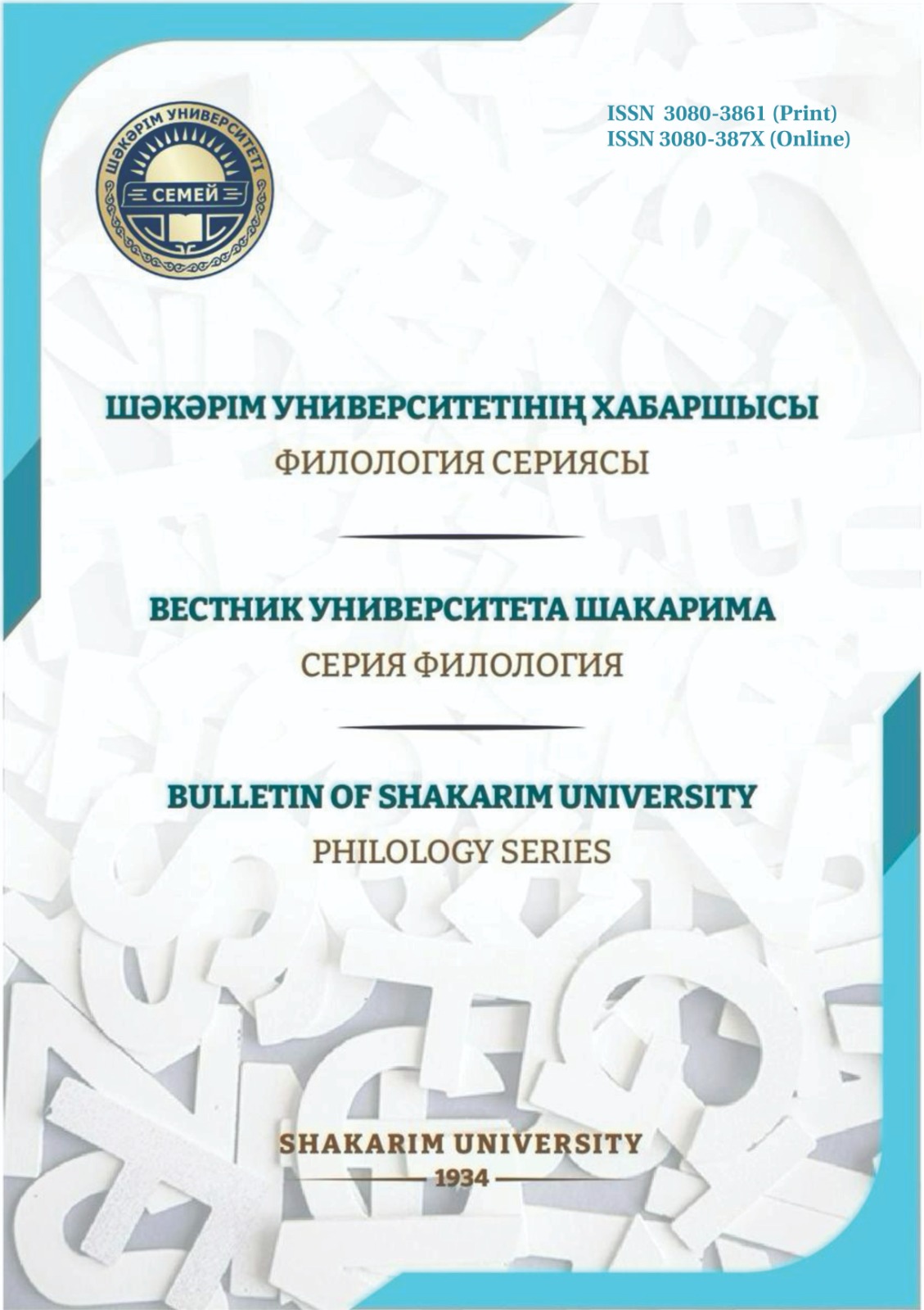The comparison of cases in kazakh and english languages
Keywords:
grammatical case, comparative linguistics, agglutinative language, analytic language, morphosyntax, suffixation, differential subject marking, possessive constructions, morphological marking, inflectionAbstract
This peer-reviewed article illustrates the comparative analysis of cases in both: English and Kazakh languages. Moreover, to expand the containing information about Kazakh language, we use Turkish, in order to compare Turkic Languages and see the interesting similarities. Since, Kazakh is agglutinative language(which mean that it uses affixes); it has a broader number of case system, while English is analytic language(which states for the use of auxiliary verbs, word order, prepositions); it uses syntax to distinguish case differences. Via descriptivism and contrastivism, we analyze morpho-syntactic behaviour of case in two languages. The results show that Kazakh describes grammatical relationships through morphological case suffixes, which allows flexible word order, while English applies fixed and specific word order/prepositions. This contrast not only highlights typological differences, but also provides an opportunity and information for learning a second language, studying language translation and the theory of morphosyntax. Moreover, this study highlights the influence of information structure and discursive context on case distribution, especially in the Kazakh language.
Additional Files
Published
Issue
Section
License
Copyright (c) 2025 The editorial staff of the journal follows the copyright law of the Republic of Kazakhstan and relevant international agreements. The authors retain their copyright and provide the journal «Bulletin of Shakarim University. Series of Historical Sciences» right of first publication of the manuscript. The author has the right to copy and distribute the material in any medium and in any format, subject to appropriate reference to the journal. Readers and users can freely copy, distribute and adapt the material, provided that the author of the work is indicated and a link to this journal is provided. Copyright presupposes the integrity and responsibility of each co-author who made a significant contribution to the writing of the article. The author has the right to store his publications in an institutional or other repository of his choice, provided he provides the appropriate link to the journal’s website.

This work is licensed under a Creative Commons Attribution-NonCommercial 4.0 International License.
Copyright presupposes the integrity and responsibility of each co-author who made a significant contribution to the writing of the article.
The author has the right to store his publications in an institutional or other repository of his choice, provided he provides the appropriate link to the journal’s website.

